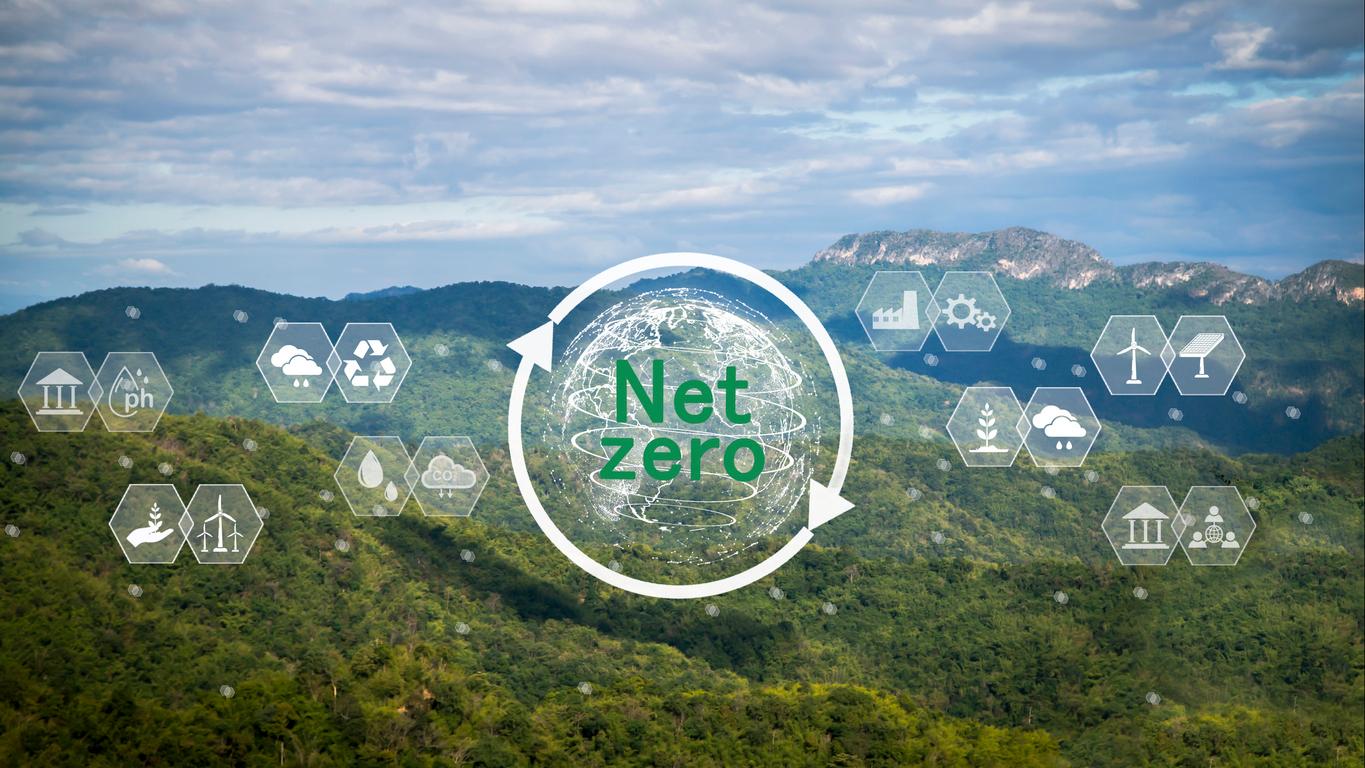While climate change remains an important theme for investors, asset managers, financial institutions, and governments, there continues to be an active debate on the best mechanisms to tackle this challenge. There are few better examples of this than global carbon markets, with different designs all targeting the same stated objective to reduce carbon emissions.
Despite being around since 1997, when 150 countries signed on to the United Nations’ Kyoto Protocol on climate change, carbon markets have only started to grow rapidly over the last few years due to a lack of global coordination and scalable solutions. The challenges and opportunities facing these markets were discussed in detail by leading experts on a panel moderated by Eric Jacks, MD and Head, Global Origination, BMO Capital Markets, at the 2023 BMO Government, Reserve & Asset Managers Conference.
What are Carbon Credits?
Before getting into detail about carbon markets, the panel said it is important to understand what a carbon credit represents. Under most global systems, each carbon credit equals one metric tonne of carbon dioxide equivalent that has been avoided, reduced, or removed from the atmosphere. These avoided, reduced or removed emissions could be from activities like protecting a rainforest from deforestation, planting trees, installing energy-efficient technologies or capturing carbon off an exhaust stack for storage.
To create the carbon credit, however, the activity needs to be developed under an approved methodology, verified by a third party, and uniquely serialized on a registry. Ultimately, that serialized credit will be sold to an emitter that will retire the credit to offset their emissions.
While few quibble over the basic definition of a carbon credit, how those credits are created, tracked, and measured is another matter. Canada, for instance, has a patchwork quilt of compliance markets for regulating large emitters, with each province operating its own system. Ultimately, it means carbon credits created in one province may not necessarily be traded in another, let alone internationally. The panel argued that this lack of coordination is hampering market liquidity, investment and scaling of emission reduction solutions.
Evolving Markets
Carbon markets are a critical tool that puts a price on carbon and directs climate investment toward climate impact. With the energy transition as a core pillar of Canada’s net-zero goals underway, carbon credits are expected to play an increasing role in the economy, with several aggressive climate initiatives expected to be implemented by 2030.
Carbon markets set a price on carbon to incentivize emitters to invest in carbon emission avoidance, reduction and removal projects. These markets are designed to achieve specific levels of carbon emission reductions through the creation of tradable environmental commodities. Emitters can either invest in projects that are economically and technologically feasible to meet their emission reduction targets or purchase carbon credits from other market participants that have made these investments in avoiding, reducing or removing carbon, thereby achieving the desired carbon reduction outcomes at the best cost basis.
The evolving definition of carbon credit quality is expected to become an increasingly important value driver over time. Just as specific consumers will pay more for a premium bottle of water over another national brand, the panel sees carbon market participants that are willing to pay more for credits that are generated under premium methodologies in specific jurisdictions or include co-benefits. Examples of project co-benefits include supporting biodiversity, reducing inequality, and improving health and education. ‘Vintage premiums’ are also seen in carbon markets, where newer vintage carbon credits are often sold at a premium to older vintage credits, reflecting general offsetting best practices.
Seizing the Opportunity
While driving towards the standardization of carbon credits gives buyers comfort and may be needed, its rollout will be slow, which could delay progress. Differences between carbon credits issued from one jurisdiction or program to another are not problematic so long as there is clear disclosure and high quality associated with the projects that qualify.
Citing an estimate from the International Emissions Trading Association, the panel said a fully functional international carbon market could create savings of $250 billion in achieving 2030 goals under the Paris Agreement. If that money could be re-invested, reductions equivalent to 8% of global emissions could be realized near-term.
The panel said companies are beginning to see the value in lowering their emissions to generate revenue streams from carbon credits or reduce their compliance costs. The enhanced tax credits included in the U.S. Inflation Reduction Act passed in late 2022 are expected to accelerate voluntary action toward lowering emissions, which have lagged under other compliance carbon pricing mechanisms. As one panelist noted, “So far, we’ve only seen the stick; now we’re seeing the carrot.”
With policies and bodies driving toward enhanced transparency and global coordination, carbon credit markets could see fewer challenges forward-looking, with significantly increased opportunities for market participants as new physical and financial products are developed to support the necessary levels of climate ambition and global market scale.
